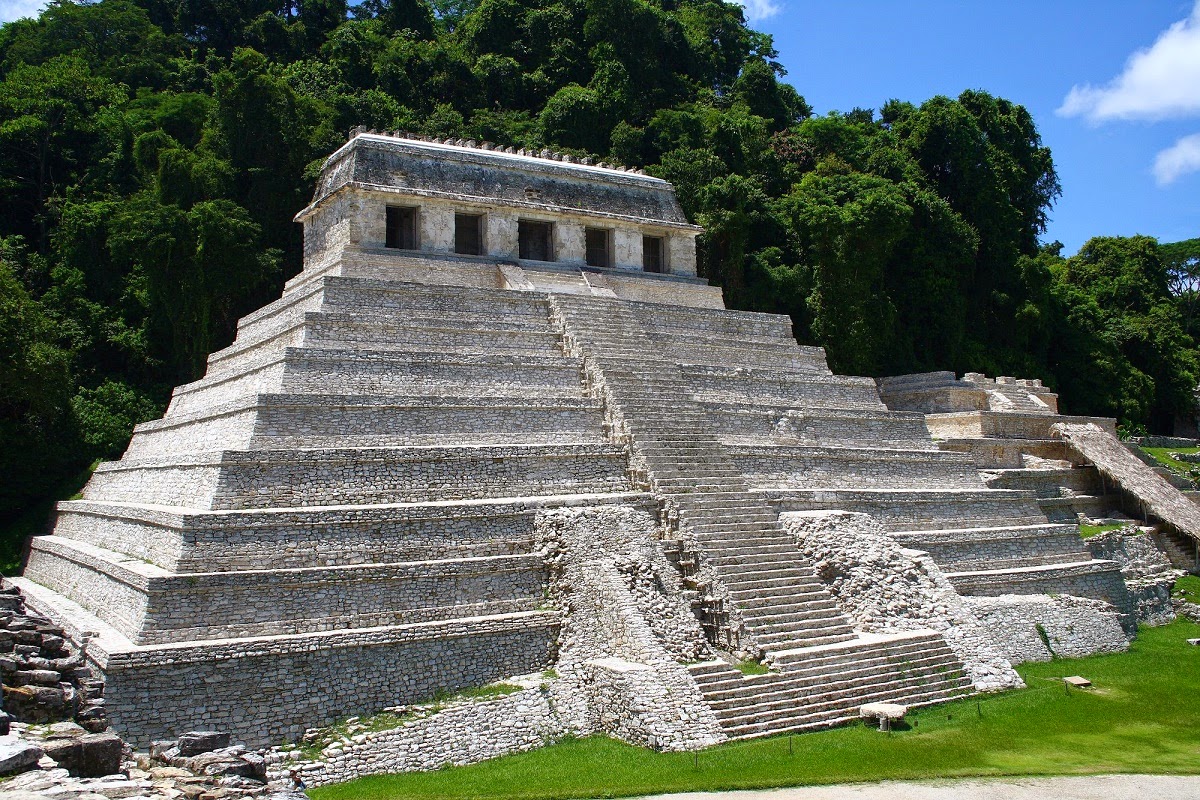Sew La Ti Embroidery:
Americas
Peru: Peru increasing protection of archaeological sites in Trujillo

North America: 18th century Spanish-built Alamo fort in San Antonio awarded World Heritage status

North America: Archaeologists call on feds to protect Chaco Canyon area

Heritage: World’s most inaccessible art found in the heart of the Colombian jungle

North America: Archaeologists say climate change is destroying Arctic artefacts

Peru: Santo Domingo geoglyphs still in danger from agricltural invaders

Heritage: UNESCO designates nine Mexican sites for special protection

Heritage: Chile's quest to save melting mummies

Peru: Ancient mummy found in cardboard box by cleaners in Peru

Peru: 600-year-old geoglyph destroyed in Trujillo

North America: NY authorities seek custody of stolen artifacts worth over $100 million

Heritage: Permafrost thaw threatens Arctic archaeological sites
